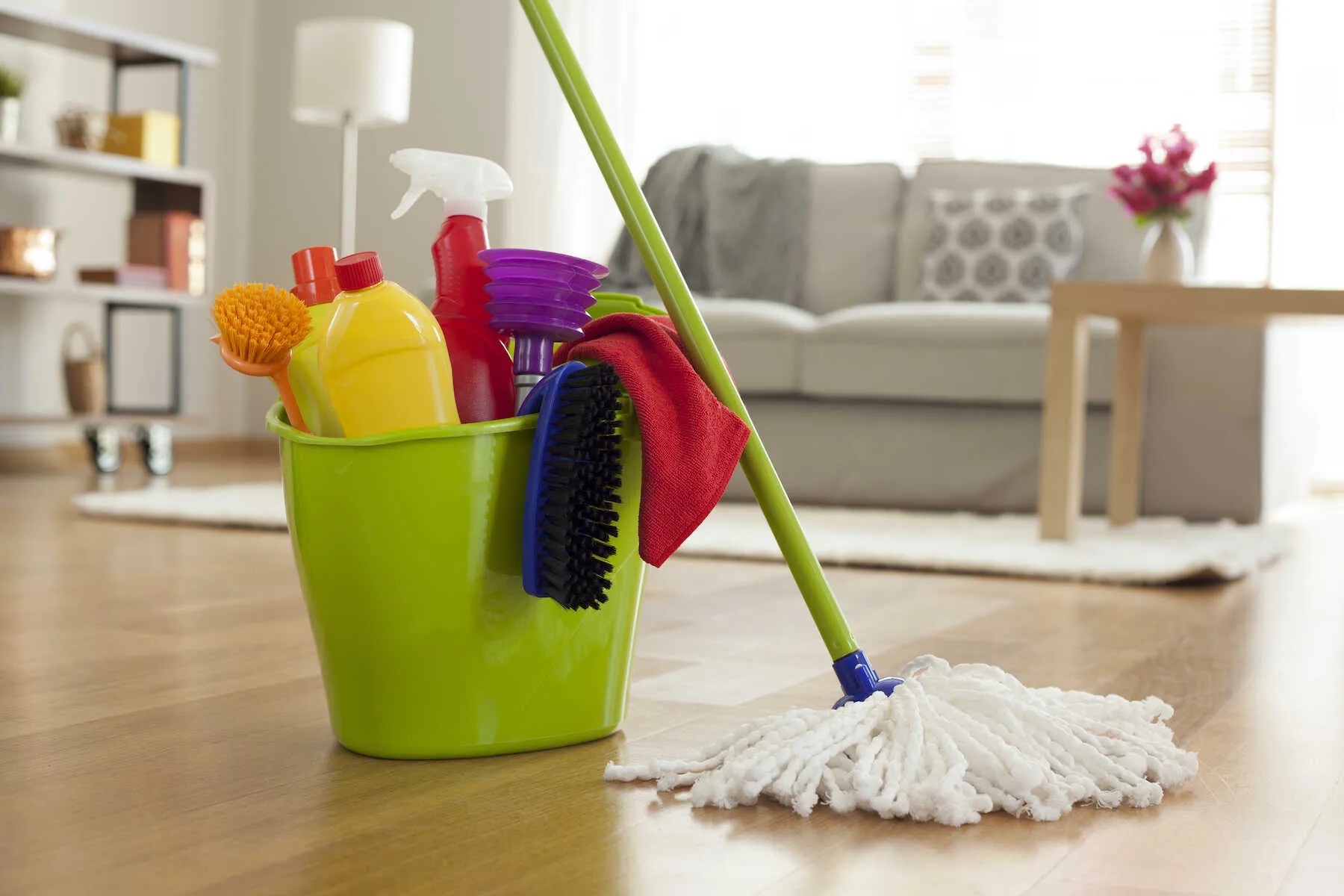
Make a House Cleaning Plan
Stay on top of chores with this easy step-by-step guide to creating a simple house cleaning schedule.
Make a Simple House Cleaning Schedule
The simplest way to keep your home reliably clean isn’t about working harder—it’s about working smarter. A structured cleaning schedule transforms overwhelming tasks into manageable routines, leaving your home consistently fresh without the stress of marathon clean-ups. By creating a plan that’s realistic for your lifestyle and your household, you’ll spend less time worrying about messes and more time enjoying your space.
This guide walks you through the process of building, practicing, and sticking to a cleaning schedule that works.
Step 1: Prep Work
Start by getting a clear picture of what needs attention. Walk through your home with a notebook or phone and jot down the tasks that make your space feel clean. Focus on essentials like dusting, vacuuming, and sanitizing surfaces.
This initial inventory becomes the foundation of your cleaning plan.
Step 2: List Your Rooms
Break your home into zones. Include commonly used areas—like the kitchen, bathrooms, bedrooms, living areas, hallways, and entryways. Less-used spaces such as guest rooms, storage rooms, or basements can go on a monthly or seasonal checklist instead of your weekly schedule.
Step 3: Identify Tasks by Room
For each room, list out the specific tasks needed for regular upkeep. Work from top to bottom—starting with light fixtures and ending with floors. This method ensures that dust and dirt fall downward as you clean, preventing repeat work.
Sample Checklist:
All Rooms
- Dust light fixtures and ceiling fans
- Remove cobwebs from corners
- Clean door handles and doorframes
- Dust windowsills, ledges, blinds, and picture frames
- Wipe lampshades, bookshelves, and knickknacks
- Vacuum or shake out rugs
- Sweep or vacuum floors
- Mop hard floors
Kitchen
- Wipe cabinet exteriors
- Sanitize countertops and sink
- Clean stove, oven, and range hood
- Wipe microwave inside and out
- Clean appliance exteriors
Bathrooms
- Dust light fixtures (when cool)
- Clean and polish mirrors
- Sanitize sinks, counters, and cabinet fronts
- Disinfect toilet, tub, and shower
- Wipe shower doors
- Vacuum and mop the floor
Step 4: Choose Frequency
Not every room requires the same level of attention. Decide whether tasks should be done daily, weekly, biweekly, or monthly.
- Daily: Dishes, wiping kitchen counters, making beds.
- Weekly: Vacuuming, dusting, bathroom cleaning.
- Monthly: Baseboards, windows, inside of the refrigerator.
- Seasonal: Decluttering closets, deep-cleaning storage spaces, washing curtains.
Your lifestyle matters here—families with kids or pets may need to increase frequency compared to single-occupant households.
Step 5: Build a Practical Schedule
Organize your checklist into a calendar. For example:
- Monday: Bathrooms
- Wednesday: Kitchen + entryway
- Friday: Bedrooms and living room
- Saturday: Floors throughout the house
By spreading tasks out, you prevent burnout while still maintaining a consistently clean home.
Step 6: Practice Your Schedule
Put your schedule into action for a month. Limit how long you spend in each room so you don’t get overwhelmed—15 to 20 minutes per space is a good starting point.
At the end of the trial run, review how well the schedule worked. Were certain tasks unnecessary that often? Did others need more frequent attention? Adjust as needed.
Step 7: Stay On Track
Keep your cleaning schedule visible. Print it out, put it in a plastic sheet protector, or hang it inside a cabinet. Mark your cleaning “appointments” on your calendar just like meetings or events.
If you miss a day, don’t panic—either do a quicker version of the tasks or move them to the next available day. The goal is consistency, not perfection.
Step 8: Reevaluate Regularly
Your schedule should evolve with your lifestyle. Every month or so, review what’s working and what’s not. For example:
- Maybe the living room only needs dusting every other week.
- Or maybe your kitchen needs floor mopping twice a week instead of once.
Continuous tweaks help you refine your schedule into one that saves time without compromising cleanliness.
Step 9: Make It a Habit
The real payoff comes when cleaning becomes second nature. Once it’s a habit, you’ll find yourself spending less time and effort while enjoying the comfort of a consistently clean home. A predictable routine reduces stress, creates a healthier environment, and ensures that no area gets overlooked.
Final Thoughts
A house cleaning schedule isn’t about rigidity—it’s about creating structure that fits your life. By customizing your plan and sticking to it, you’ll avoid the cycle of clutter and deep-cleaning marathons. Start small, stay consistent, and let the schedule do the heavy lifting for you.


_compressed.webp)